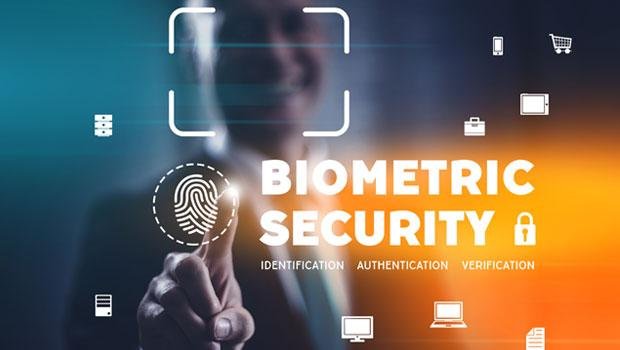The global industry dedicated to providing advanced identity solutions to public sector entities is a complex and strategically vital sector. The Government Security Biometric Market is a specialized ecosystem of hardware manufacturers, software developers, and systems integrators who work closely with government agencies at the national, state, and local levels. This market is experiencing a period of consistent and reliable expansion, with its valuation projected to grow from $25.22 billion in 2024 to a significant $42.0 billion by 2035. This growth is driven by a steady compound annual growth rate of around 4.75% between 2025 and 2035, reflecting the ongoing, large-scale national projects and security upgrades being undertaken by governments around the world to address modern threats and improve public services through advanced identity management.
The competitive landscape of the government biometric market is populated by a mix of large, multinational defense and technology corporations and a number of highly specialized biometric technology companies. Industry giants like Thales Group, IDEMIA, and NEC Corporation are major players, offering comprehensive, end-to-end solutions that often include not only the biometric technology but also the secure documents (like passports and ID cards) and the large-scale systems integration services required for national-level projects. These companies have a global presence and deep, long-standing relationships with government clients. Alongside them are a host of specialized vendors who are leaders in specific biometric modalities or software algorithms, such as Aware, Inc. and Cognitec Systems, who often partner with the larger integrators to provide their best-in-class technology as part of a broader solution.
The market can be segmented by the various biometric modalities, with each segment having its own set of leading vendors and market dynamics. The fingerprint recognition segment is the most mature and still one of the largest, driven by its widespread use in law enforcement and civil identity programs. The facial recognition segment is the fastest-growing, fueled by its applications in surveillance, border control, and mobile identity verification. The iris recognition segment is a high-value niche, known for its extreme accuracy and used in high-security applications like critical infrastructure protection and national ID programs in countries like India. Other segments, including voice, vein, and signature recognition, also represent important parts of the market, often used in combination with other modalities in "multimodal" systems to provide an even higher level of security and assurance.
The primary end-users in this market are a wide range of government agencies. The largest consumers are typically the agencies responsible for homeland security, border control, and immigration, who deploy biometric systems at airports, seaports, and land borders. Law enforcement agencies at the federal, state, and local levels are another massive user base, relying on biometric databases for criminal identification and investigation. Defense and intelligence agencies use biometrics for both facility access control and for identifying persons of interest in the field. Increasingly, civil government agencies are also becoming major end-users, deploying biometric systems for applications such as voter registration, national ID programs, and the secure administration of social welfare benefits, making this a broad and deeply entrenched government technology market.
Explore Our Latest Trending Reports:
3D Time Of Flight Image Sensor Market

